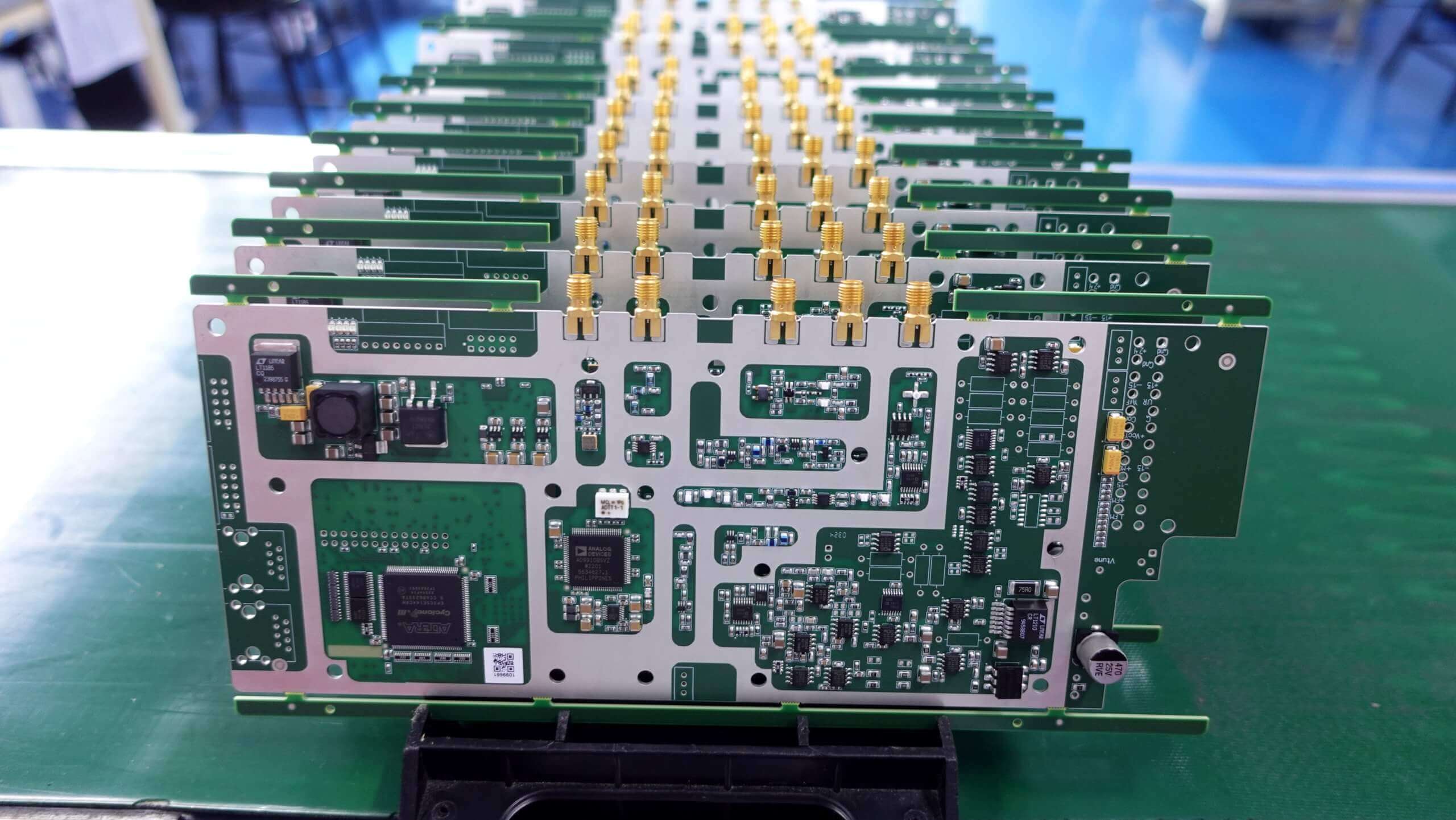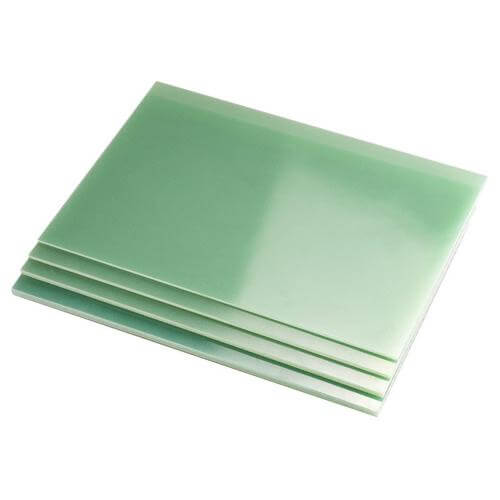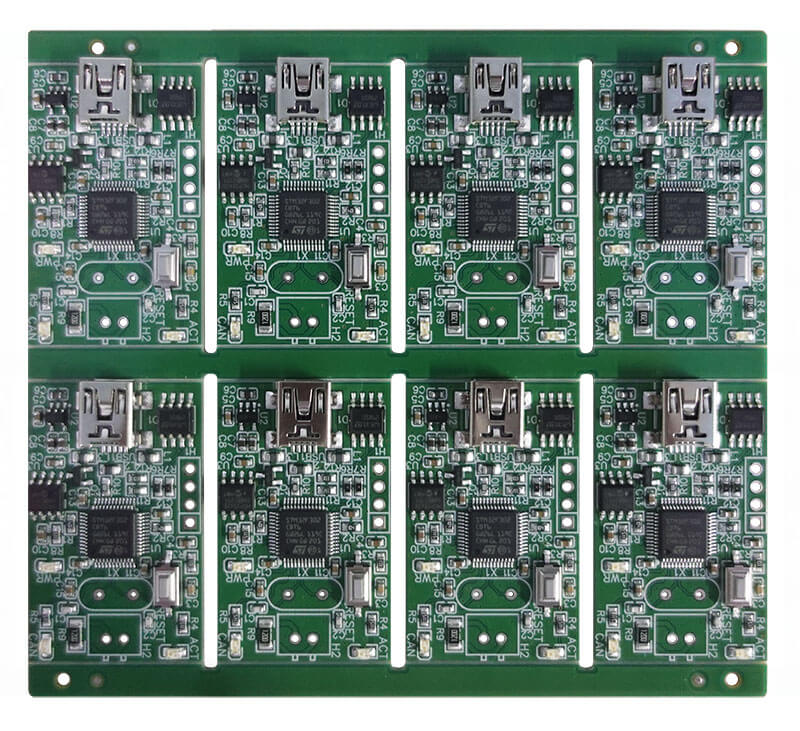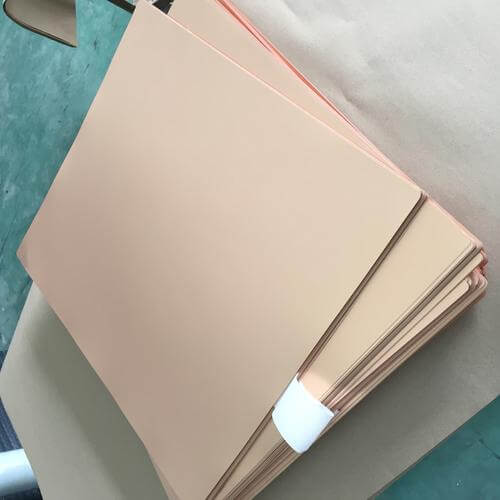Lead solder or lead-free solder,which one should you choose? For the person diving headlong into the world of soldering, this can be a difficult decision. You see, lead versus no-lead solder in a way is not a preference thing, but it gets down to you choosing either durability, safety, or the legality of your projects.
So whether you are pro or an enthusiast, this guide will help you make a beneficial decision. We will break down everything you need to know about these soldering types and also give you some tips to choose the right one.
So, let’s get started.
Understanding Lead and Lead-Free Solder
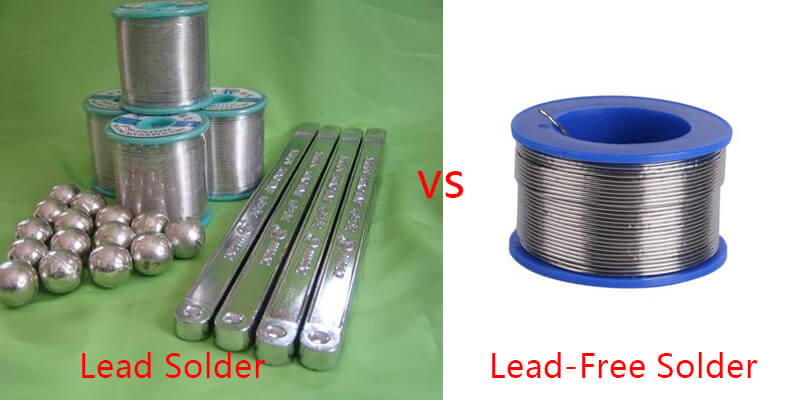
When it comes to lead solder and lead-free solder, understanding their composition is key. Lead solder typically contains a mixture of tin (Sn) and lead (Pb), usually in a ratio of 60/40 or 63/37.
This combination offers excellent wetting properties, making it easier to create strong, reliable joints.
On the other hand, lead-free solder is made using various tin alloys. The most common mixtures include tin combined with elements like silver (Ag), copper (Cu), or even bismuth (Bi).
For example, a popular lead-free solder is SAC305, which is composed of 96.5% tin, 3% silver, and 0.5% copper. These alternative compositions aim to replicate the performance of lead solder while being safer for health and the environment.
Melting Point
A critical difference between lead solder and lead-free solder is their melting points. Lead solder generally has a lower melting point, around 183°C (361°F) for the common 63/37 alloy.
This lower melting point makes it easier to work with, as it requires less heat, reducing the risk of damaging sensitive electronic components during the soldering process.
In contrast, lead-free solder has a higher melting point. For instance, SAC305 melts at approximately 217°C (423°F). This higher melting temperature can present challenges, such as requiring more energy and time to achieve a good solder joint.
Additionally, the increased heat can potentially stress or damage components, especially in delicate electronic assemblies.
By understanding these fundamental differences in composition and melting points, you can better decide which type of solder best suits your project’s requirements and constraints.
Types of Lead Solder and Lead-Free Solder
Now let’s discuss the different types of lead solder and lead free solder in detail:
Types of Lead Solder
Lead solder comes in various formulations tailored to specific applications:
- 60/40 Lead Solder
- Composition: 60% tin, 40% lead
- Features: Commonly used in general electronics due to its ease of use and excellent wetting properties.
- Applications: Ideal for manual soldering and rework tasks.
- 63/37 Lead Solder
- Composition: 63% tin, 37% lead
- Features: This eutectic mixture melts at a single temperature (183°C), transitioning directly from solid to liquid, minimizing the risk of cold joints.
- Applications: Preferred in precision electronics and circuit board assembly.
- 50/50 Lead Solder
- Composition: 50% tin, 50% lead
- Features: Higher lead content makes it less expensive and offers good mechanical strength.
- Applications: Used in plumbing and applications where mechanical strength is crucial.
Types of Lead-Free Solder
Lead-free solder is formulated to meet regulatory requirements and environmental standards:
- SAC305 (Tin-Silver-Copper)
- Composition: 96.5% tin, 3% silver, 0.5% copper
- Features: Most popular lead-free solder with good mechanical properties and relatively low melting point (217°C).
- Applications: Widely used in electronic assemblies, especially for consumer electronics.
- SAC405 (Tin-Silver-Copper)
- Composition: 95.5% tin, 4% silver, 0.5% copper
- Features: Higher silver content improves strength and thermal fatigue resistance.
- Applications: Suitable for high-reliability applications like aerospace and automotive electronics.
- Tin-Copper (SnCu)
- Composition: Typically 99.3% tin, 0.7% copper
- Features: Cost-effective with a melting point around 227°C, suitable for wave soldering.
- Applications: Used in plumbing and less demanding electronic applications.
- Bismuth-Based Solder
- Composition: Varies, but often includes tin, bismuth, and other metals
- Features: Lower melting point and reduced thermal stress on components, with good wetting properties.
- Applications: Ideal for low-temperature applications and thermal-sensitive components.
By understanding the various types of lead and lead-free solder, you can choose the right formulation for your specific needs, ensuring optimal performance and compliance with safety standards.
The Comparison of Properties of Lead and Lead-Free Solder
Here is a detailed comparison of properties of lead and lead-free solder that you must know:
- Physical Properties
When comparing lead solder and lead-free solder, there are a few key differences. Lead solder, like the 63/37 alloy, melts at a lower temperature of about 183°C (361°F). This makes it easier to work with and reduces the risk of damaging components during soldering. It also spreads smoothly to form strong, reliable joints.
Lead-free solder, such as SAC305, melts at a higher temperature of around 217°C (423°F). This means you need more heat, which can risk damaging components.
While lead-free solder has improved over time, it often needs extra flux to achieve the same smooth joints as lead solder. Its mechanical strength is slightly weaker, but improvements have made this less of an issue.
Health and Environmental Impact
A major difference between lead solder and lead-free solder is their impact on health and the environment. Lead solder is toxic and can cause serious health problems, especially for children and pregnant women. It can also contaminate soil and water, harming the environment.
Lead-free solder is safer for both people and the environment. It doesn’t contain lead, reducing health risks. It also meets environmental regulations like the Restriction of Hazardous Substances (RoHS) directive, making it a more eco-friendly choice.
Electrical Properties
The electrical properties of lead solder and lead-free solder also differ. Lead solder provides high electrical conductivity, ensuring good current flow in circuits. Its eutectic nature, especially in the 63/37 alloy, means it melts and solidifies at one temperature, reducing the risk of weak joints.
Lead-free solder has slightly lower electrical conductivity but is still good for most uses. However, it can sometimes create less reliable joints in high-stress situations, although ongoing improvements are helping to close this gap.
Cost and Availability
Cost and availability are important factors when choosing between lead solder and lead-free solder. Lead solder has been cheaper and more widely available, but its use is declining due to health and environmental regulations.
Lead-free solder used to be more expensive, but its cost has dropped as production and demand have increased. It’s becoming more available and accepted in various industries, especially those with strict safety standards.
Industry and Application Suitability
The best choice between lead solder and lead-free solder depends on the industry and application. Lead solder is often used in industries with less strict regulations, such as some industrial and aerospace sectors, due to its reliability and ease of use.
It’s great for applications needing strong mechanical and electrical properties.
Lead-free solder is required in many regions and industries, especially in consumer electronics, automotive, and medical devices, because of strict safety regulations. Its use is growing due to the need to meet these standards and reduce environmental impact.
By understanding these differences, you can choose the right solder for your needs, balancing performance, safety, and compliance with regulations.
How to Choose Leaded or Lead-Free Solder?
Choosing between leaded and lead-free solder depends on several factors, including the health and safety considerations, and industry standards.
1.Health and Safety
Health and safety are critical factors in your decision. Leaded solder contains lead, which is toxic and poses health risks. If you are concerned about exposure to harmful substances or if you are working in an environment where safety regulations are strict, lead-free solder is the safer choice.
It eliminates the risks associated with lead exposure, making it better for both personal health and the environment.
2.Industry Standards and Regulations
Many industries and regions have regulations that mandate the use of lead-free solder. For example, the European Union’s Restriction of Hazardous Substances (RoHS) directive requires the use of lead-free materials in electronic manufacturing.
If your project needs to comply with such regulations, lead-free solder is the only option.
3.Soldering Equipment
Your soldering equipment might also influence your choice. Leaded solder melts at a lower temperature, which is easier on your soldering iron and components.
Lead-free solder requires a higher temperature, which might necessitate more advanced equipment capable of reaching and maintaining these temperatures.
4.Cost Considerations
While leaded solder has traditionally been cheaper, the cost difference between leaded and lead-free solder has decreased. However, the initial setup for using lead-free solder might be higher if you need new equipment or additional flux.
Consider your budget and the long-term costs associated with each type of solder.
5.Application Specifics
Different applications may favor one type of solder over the other. For example, if you are working on consumer electronics, automotive, or medical devices, lead-free solder is likely required due to strict safety and environmental standards.
In contrast, for some industrial or aerospace applications, leaded solder might still be preferred for its reliability and performance.
By evaluating these factors, you can make an informed decision about whether leaded or lead-free solder is the best choice for your project. This balance between performance, safety, compliance, and cost will guide you to the most suitable option for your needs.
What kind of Solder is Used for PCB Assembly
Lead-free solder is increasingly used, especially because of regulations like RoHS, which limit the use of lead.
A common type of lead-free solder is SAC305, made from tin, silver, and copper. This solder melts at a higher temperature, around 217°C (423°F), so it requires more heat to work with. While it may need extra flux to flow well, it is safer for health and better for the environment.
Final Words
Choosing between lead solder and lead-free solder is important for your project’s success. Lead solder is easier to use and creates strong joints but poses health and environmental risks. Lead-free solder is safer and meets regulatory standards but requires more heat and can be more challenging to work with.

